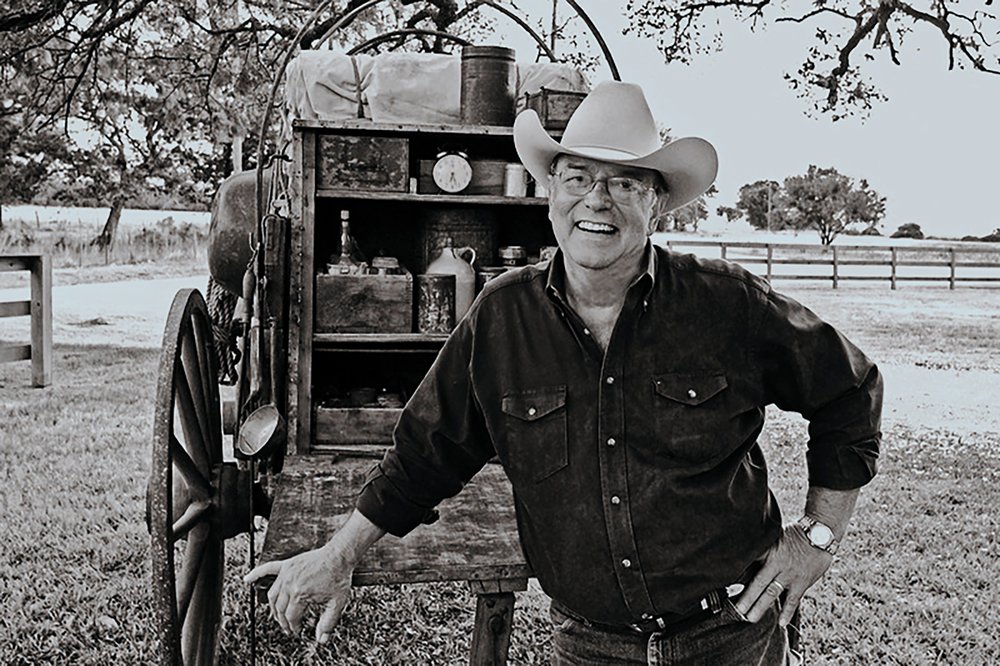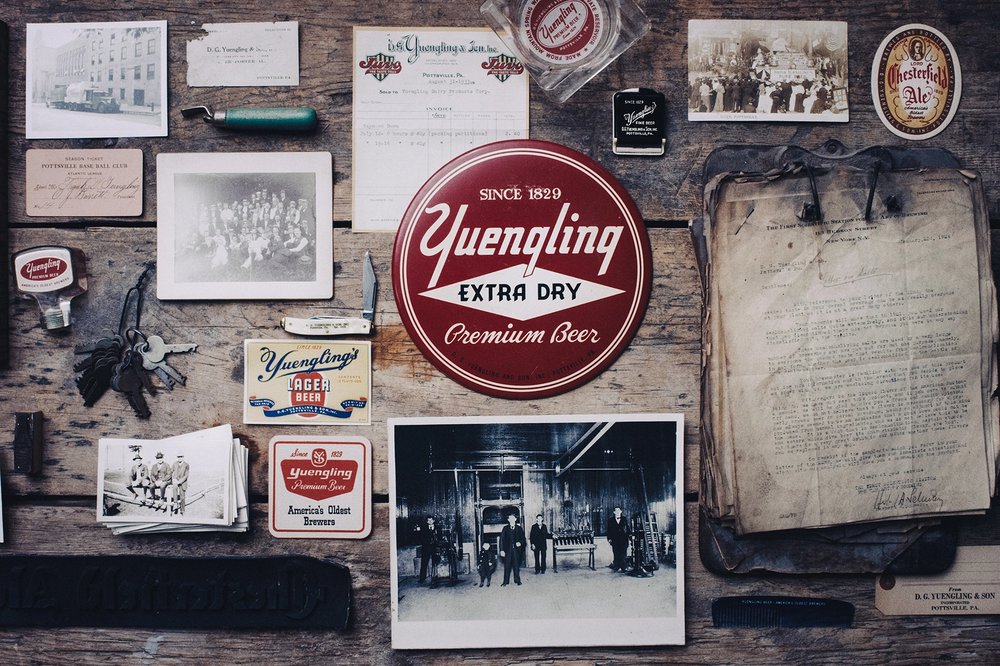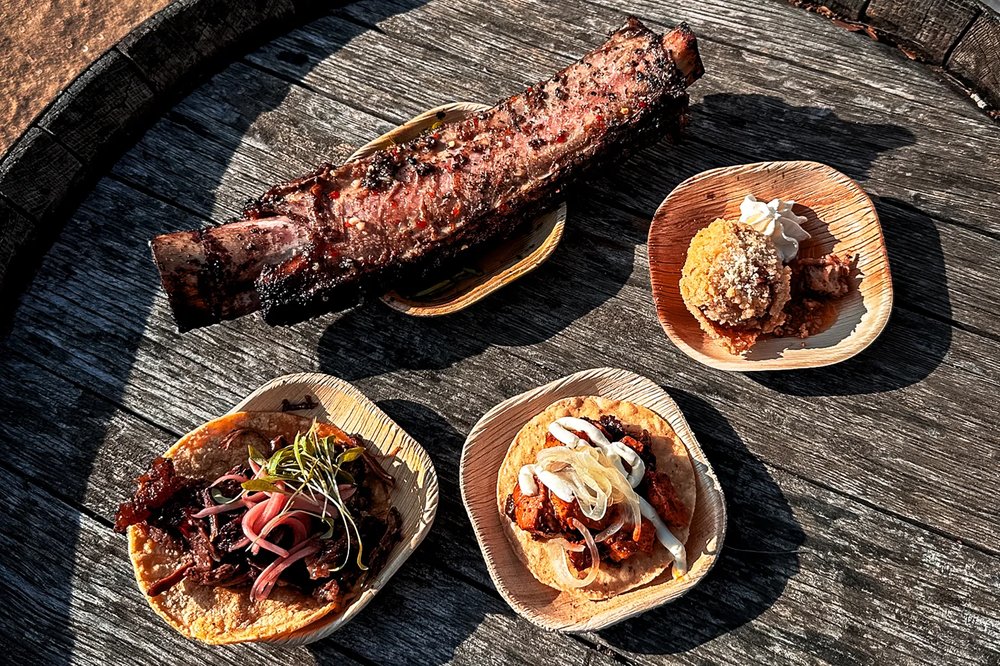American Single Malt Whiskey reflects all that’s great about America—now it just needs the government to catch on.
Capturing our country’s essence—the freedom, diversity, and immigrant drive that made us great—is hard to do in a bottle. Mexico has tequila. The Caribbean has rum. Greece has that stuff that tastes like swallowing a bag of licorice. But other than bourbon—which is delicious, but pretty regional and regulated—we have yet to produce a spirit that shows the world what this country is all about.
But a sparky little group of distillers with a revolutionary bent may just be crafting the great American spirit. American Single Malt whiskey is taking everything that makes this vast country so grand and creating a new category of single malt. One forged by tradition but not bound to it, that leaves distillers with the freedom to do what they think is best.

“We’re a country of immigrants, bringing traditions from the old world and making them our own,” says Gareth Moore, CEO of Virginia Distillery Co., a member of the American Single Malt Whiskey Commission. “We want to make something that can’t be replicated outside the U.S. That’s what people look for in a single malt, and we’re continuing that tradition, but for America.”
A single malt as varied as the country it comes from
What other countries can’t reproduce is the diversity of influences in America, from our geography to the places our people come from. “America has a wide geographic climate other countries—like Ireland and Scotland—don’t have,” says ASMWC president Steve Hawley. “Here in Washington (state), it’s 50 degrees and cloudy, which is probably a lot like Scotland. But I have friends who make whiskey in Waco, Tucson, Nantucket, and Florida, and they’re all very different climate realities.”
Along with homogenous weather, traditional single malt makers have literally centuries of protocol and rules they must follow. Kinda like the monarchy, but tastier.
American Single Malt is a wild frontier, where we can make a basic set of rules for everyone, then adapt them based on what works in different states. Think of it as 80-proof Federalism. “Our rules are pretty germane,” says Hawley. “American Single Malt must be made from 100 percent malted barley and distilled at one distillery in the United States. There’s a few other clauses to put shape to that definition, but I can’t stress this enough, we are not trying to standardize a flavor profile.”
Why wouldn’t the upstart kid on the single malt block want a signature flavor the world could recognize? Because America isn’t about one single flavor, and never has been. Much of that has to do with climate. In places like Washington state, the consistent climate means relatively little of the liquid is seeping in and out of barrels, absorbing less oak flavor than, say, bourbon in seasonal Kentucky.
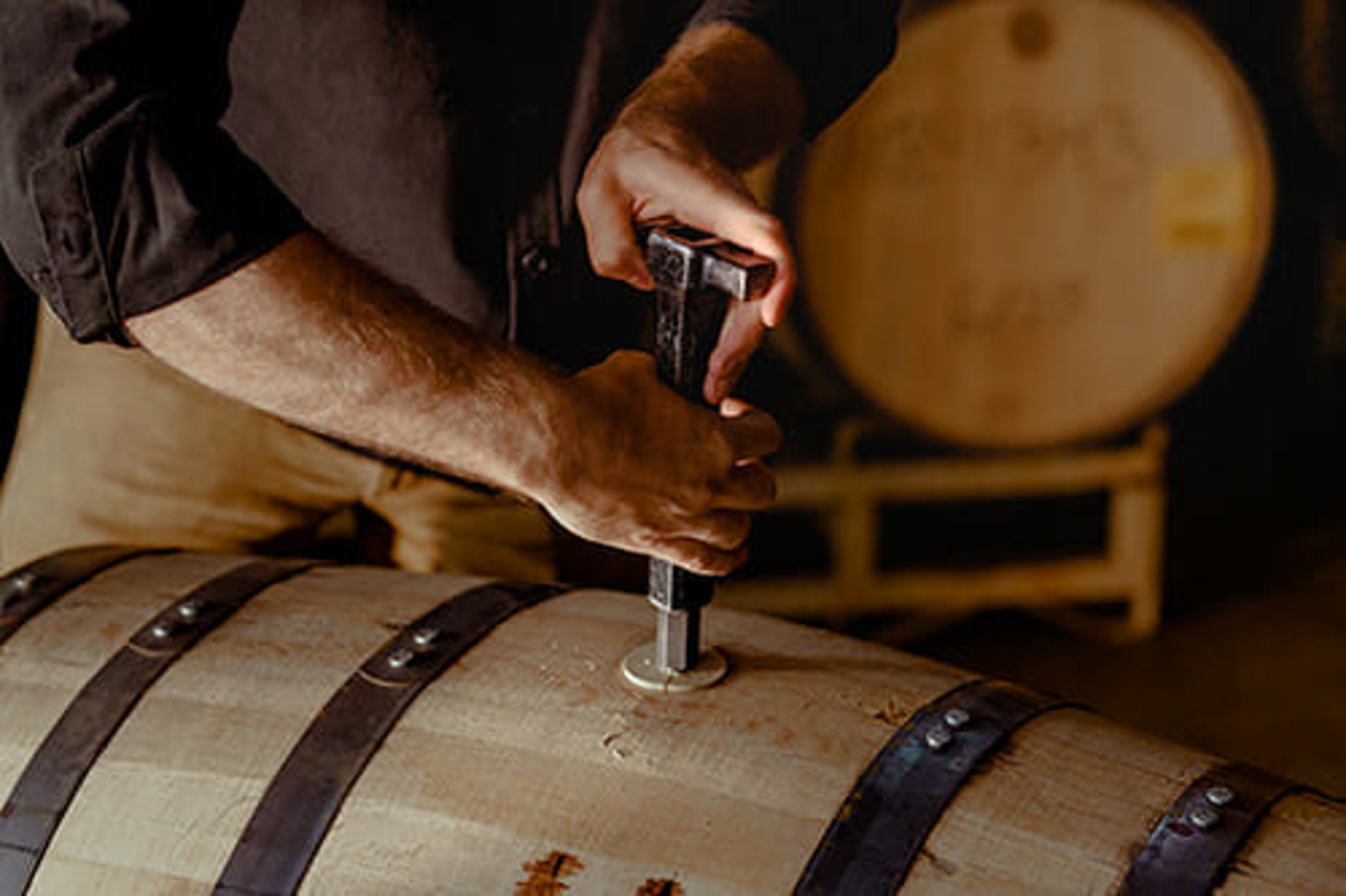
Rate of evaporation plays a huge role in whiskey flavor, too. So barrels in bone-dry Tucson are going to experience a lot more water evaporation than in the Pacific Northwest, leaving them with a much higher alcohol content. Having standards for things like flavor profile and wood aging doesn’t make sense when every part of America has different issues to deal with.
Like with many things, what’s right for Oregon ain’t right for Texas. And that’s ok. “It’s not in the best interest of American Single Malt to try and create a homogenous flavor profile,” says Hawley. “What’s empowering and exciting about it is its diversity.”
This also allows American Single Malts to showcase what their regions do best. In Arizona, for example, Whiskey Del Bac is using mesquite smoked barrels to create their version of American Single Malt, giving it a distinctive southwestern flavor. Up in Seattle, distilleries are taking advantage of their access to the top malts in America and making stuff heavily influenced by the city’s craft beer scene.
“If you look at Westward and Westland, they’re all using some amount of specialty malts in their mash bill,” says Eric Zandona, who runs the American Distilling Institute’s International Spirit Competition, which offers a category for American Single Malt. “That would make for a really unusual flavor profile for other single malt whiskeys around the world, but that’s the craft brewers’ impact on craft spirits.”
Fusing immigrant traditions with American influence
In Upstate New York, Brian McKenzie has been making American Single Malt for nearly a dozen years at his Finger Lakes Distilling. It’s one of many styles Finger Lakes makes but offers McKenzie the chance to reinterpret his family’s traditional Scotch whiskey style with some Finger Lakes flair. “We utilize some peat,” says McKenzie . “But we’re playing with barrel finishes. We’re in wine country, so we finish in some of the local casks.”
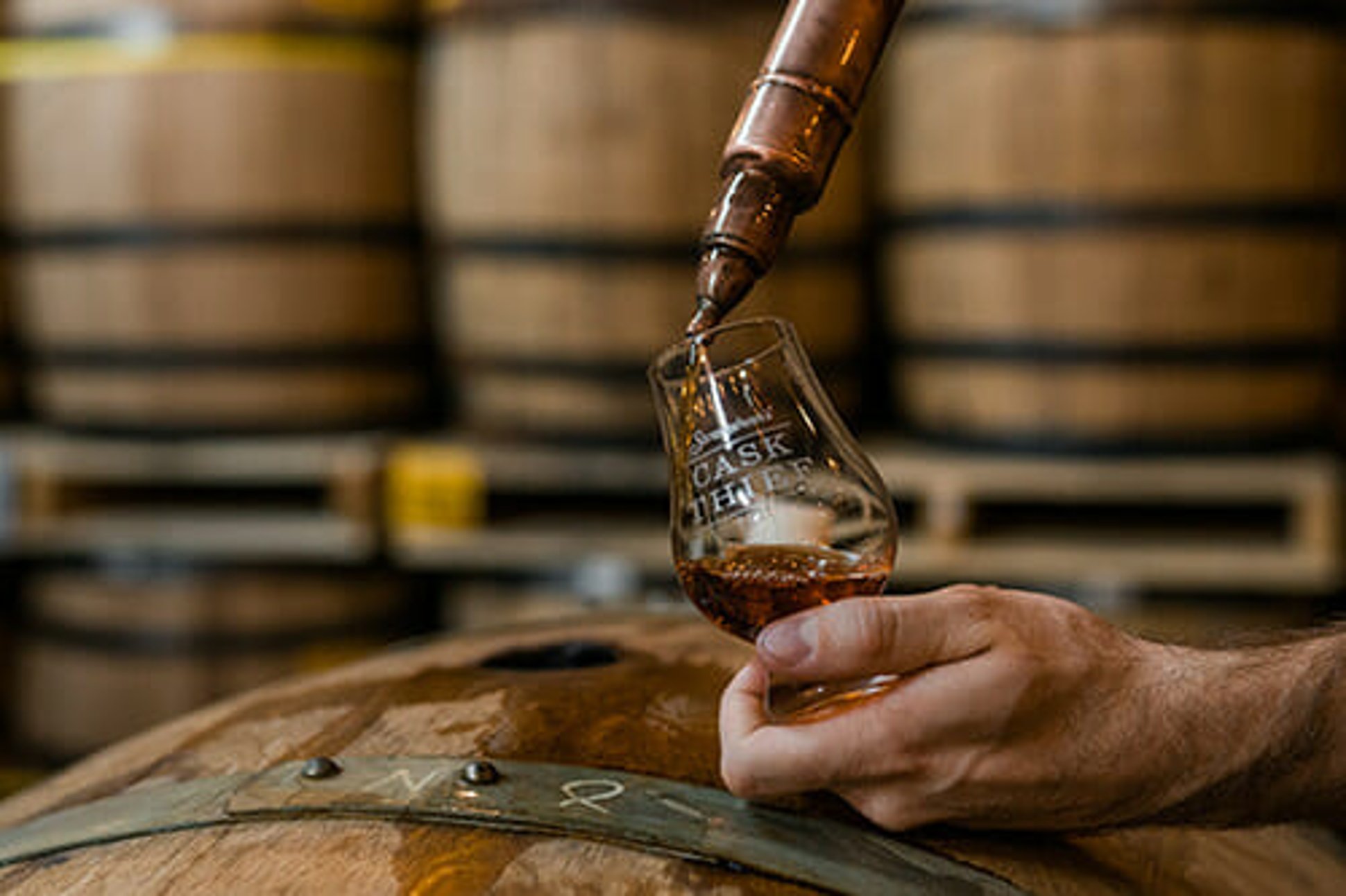
Gareth Moore is doing similar things at his Virginia Distillery, a company originally envisioned by his Irish immigrant father. Moore is finishing his single malt in casks used for chardonnay, cider, and even craft beer. It’s the kind of innovation that would make an Irish distiller cringe. But just like we’ve put cream cheese in sushi and barbecue sauce on pizza, American Single Malt is unapologetically adding American ingredients to old world institutions.
Red tape and bureaucracy hold American Single Malt back
Another classic American tradition is the sloth-like pace of our government, and though the ASMWC formally petitioned the Alcohol and Tobacco Tax and Trade Bureau—or TTB—for a formal categorization in 2018, it’s still as unrecognized as a British colony circa 1775. “(An official category) would compel retailers to have sections on their shelves and restaurants to have sections on their menu,” says Hawley. “Right now, we’re scattered all over the store, stuck next to bourbon, or in the ‘World Whiskeys’ section. With a formal TTB category, we’d all be together.”
United, dare we say, like the United States they come from.
American Single Malt whiskey might not have a distinctive flavor, style, or color. But neither does America. And much like our little nation of immigrants fought to be recognized, so do our upstart distillers. Though their day hasn’t yet come, American Single Malt makers still cling to the dream, that someday they’ll have a shelf to call their own. And show the world how a diversity of ideas, influences, and innovation create the true American spirit.
For more stories about whiskey, click here.


